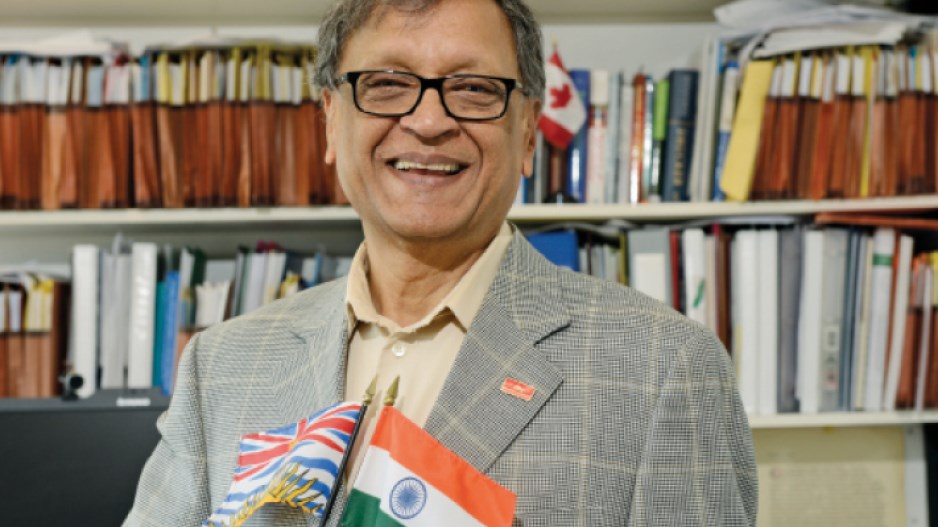As Surrey Memorial Hospital bursts at the seams with patients, health-sector leaders are trying to stop the bleeding, literally and figuratively.
The BC Nurses' Union says the hospital is understaffed, even though the facility underwent a $512 million facelift that added a new emergency room and critical care tower. The expansion increased the hospital's capacity by 30%, but the union and hospital executives are squabbling over the number of patients being treated in hallways.
Getting to the heart of this issue means understanding Surrey's population base, says Arun Garg, program medical director for laboratory medicine and pathology with Fraser Health.
Garg said deep-rooted traditional beliefs could be part of the problem. The 2011 Statistics Canada census revealed that close to 30% of Surrey's population is South Asian. Garg said the South Asian diet is higher than average in “simple sugars” found in some fruits, vegetables and milk products. This means statistically higher-than-average rates of diseases like diabetes and hypertension for people from this ethnic background, which ultimately leads to more hospital visits – and more of a burden on the tax base.
“Chronic disease management is directly related to total expenditures on health,” Garg said.
“Through … prevention and promotion, we can reduce the cost of health care, and the quality can increase.”
South Asians also have a lower rate of cervical cancer screenings and low levels of organ donation, which Garg said stems from long-standing traditions. Even the culturally influenced practice of having a cup of tea or coffee, frequently dosed with high levels of sugar, during business transactions is something South Asians need to be more mindful of, he said.
“The behaviour has been ingrained in the culture for so long through tradition. So to bring about behavioural changes in the South Asian community has its challenges. From a business perspective, a healthy community is a more productive community, and so it's better for business.”
Garg was born in 1946 in Agra, India, and first moved to Saskatchewan in the late '60s. In 2006 he was appointed chairman of the India Marketing Advisory Group under the Asia Pacific Trade Council, an advisory committee to B.C.'s premier. Garg recently spearheaded the 2014 Canada India Networking Initiative Conference, hosted by the Canada India Network Society, Fraser Health and Simon Fraser University. The purpose of the conference was to continue to build trade ties to India using Surrey's large South Asian population base as fuel. He said health care is part of the bigger economic picture and should never be ignored when it comes to “its impact on dollars and cents.”
The doctor's recent conference, which Minister of International Trade Ed Fast attended, also shed light on some intriguing aspects of health care on the other side of the world. One was India's private cataract surgery sector. Garg said India has created a model for delivering services at a “fraction of the cost” of similar surgery in the West, and that other countries are studying its success.
But while India appears to be enthusiastic about investing in Canada, the feeling isn't entirely mutual. From 2005 to 2011, according to Statistics Canada, India increased its direct bilateral investment by more than $4 billion; however, Canada increased its direct bilateral investment by only around $300 million.
“Canada and India have so much in common, and we should really be closer in our business relationships,” said Garg. “But that was the purpose of the conference, to work on building that relationship, from our side.”




